Have you ever noticed how brand packaging can attract your eyes and coerce you into observing a product more closely? When displayed on a shelf, it creates a visual harmony that’s hard to recreate otherwise. In many cases, packaging will drive you to make an impromptu purchase. This is the power of thoughtful, unique, and eye-catching brand labeling.
As a business owner, you have several options for designing the casing of your product. One of the most effective ways is to use decals for packaging. By using them, you can deliver an extraordinary visual experience to customers and invite them to try out the product inside. Here are some tips you can follow while packaging with decals to enhance the appeal of your products.
Select the Layers

Several business owners make the mistake of choosing the wrong layers. For instance, paper packaging may not work for all kinds of products. It is advisable to do thorough research to get your layering right. Looking at the form and function of your product is often the first step. What is the product’s shape? Is it delicate? Do you want to give a glimpse of your product? Questions like these help you decide your packaging design.
There are three layers of packaging – outer, inner, and the product packaging itself. The outer packaging is what the customer will see first. It could be the shopping bag or box in which you place your product. The inner layer protects your product from damage, like tissue paper or paper shreds. Finally, the product packaging is what goes on the product. It could be a wrapper, label, or hang tag. You can use decals for your outer packaging and on the product.
Stick to Brand Aesthetics
In today’s time of stiff competition, you want your product to stand out. Brand aesthetics tell a customer what to expect from you. It engages them and ensures loyalty. Depending on your product category and the audience, your brand aesthetics can go from minimal to over-the-top.
Once you have finalized your brand aesthetics, it is essential that you follow the same guidelines for your decals and other marketing collaterals like banners. When you are procuring your decals from a vendor, provide the CMYK or Pantone Matching Values for the colors you use in your branding. Secondly, share the specific font guidelines, use instructions, and a vector file of the logo that you want on the packaging.
Discuss the Packaging Material and Written Content
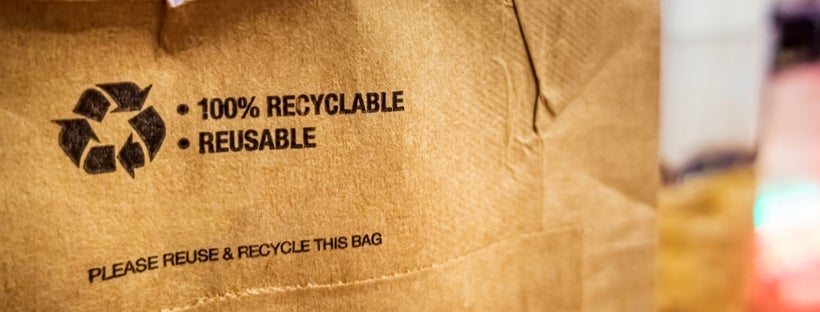
It is advisable to discuss packaging material with the vendor. It will give them an idea about the adhesive they need to use. For instance, if your packaging includes paper boxes, you may need simple adhesive. For glass packaging, you will need a stronger adhesive. You may require to include some content on your product packaging. In some cases, it is required by the law.
When you put out content for customers to read, use this opportunity to tell them why they should buy your product. You can explain the benefits and mention a call to action. Along with this, feature industry-standard association marks, certifications, or nutritional values. In addition, if you want to include any images, select them before you approach the vendor.
Plan Your Budget
The cost of packaging is an important consideration when deciding on the cost of your product. When you are just starting out or revamping the look of your products, you will need to break down the cost into two categories.
The one-time cost includes the design charges for a talented artist to design your brand logo and more. It can also include writing charges if you plan to work with an experienced writer for content. The second category is the per-item cost which includes the materials, decal charges, and labor cost. Make sure you discuss the budget with the vendor to keep the price in control.
Imagine the Visual Display
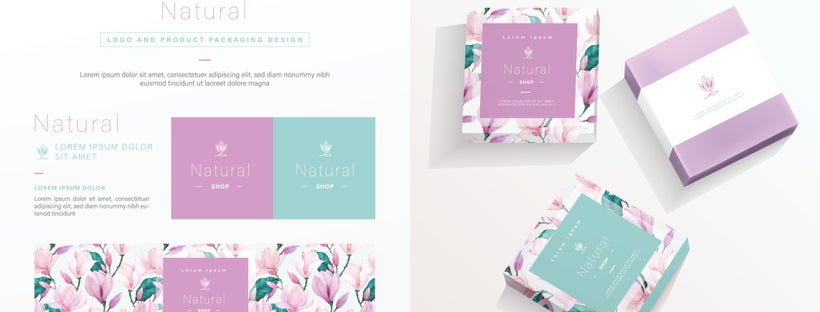
If you are planning to display your products on shelves, try to imagine how they will look when stacked together, like a backdrop of merchandise. You may want to get a couple of decals printed from the vendor to get an idea. You would not want to place a bulk order only to realize that the products look cluttered when placed together.




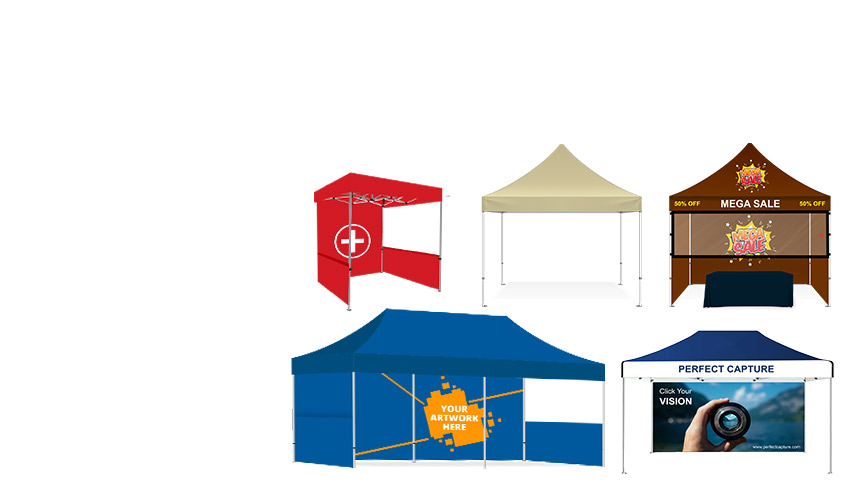





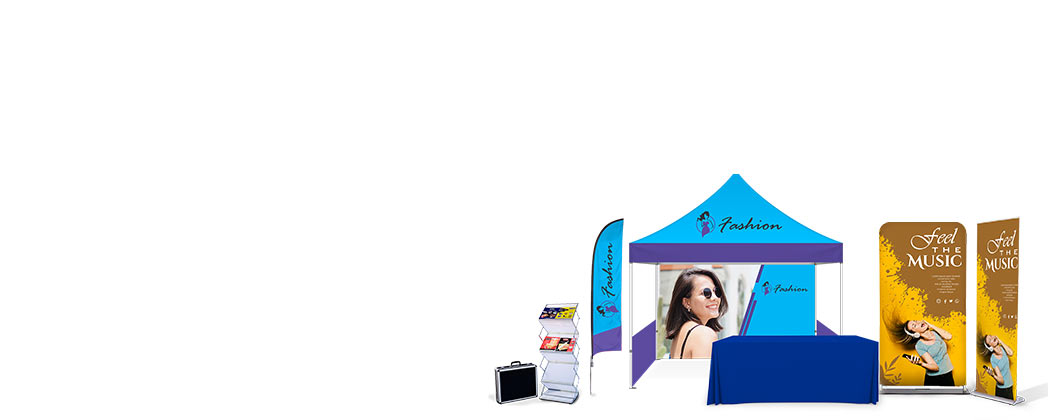




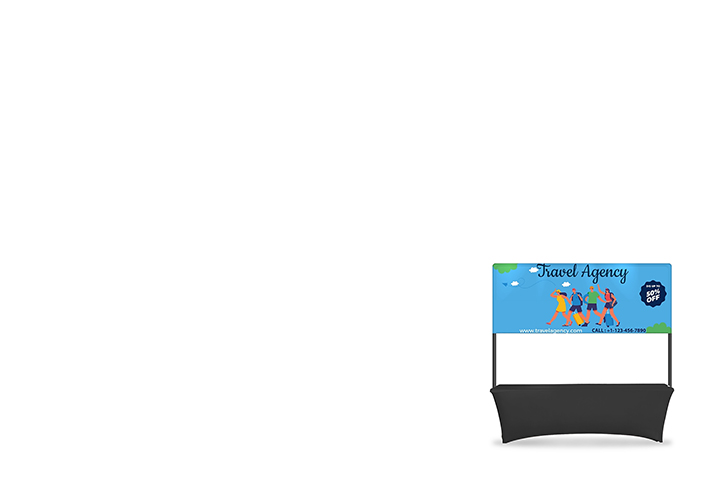













 Posted in
Posted in 







